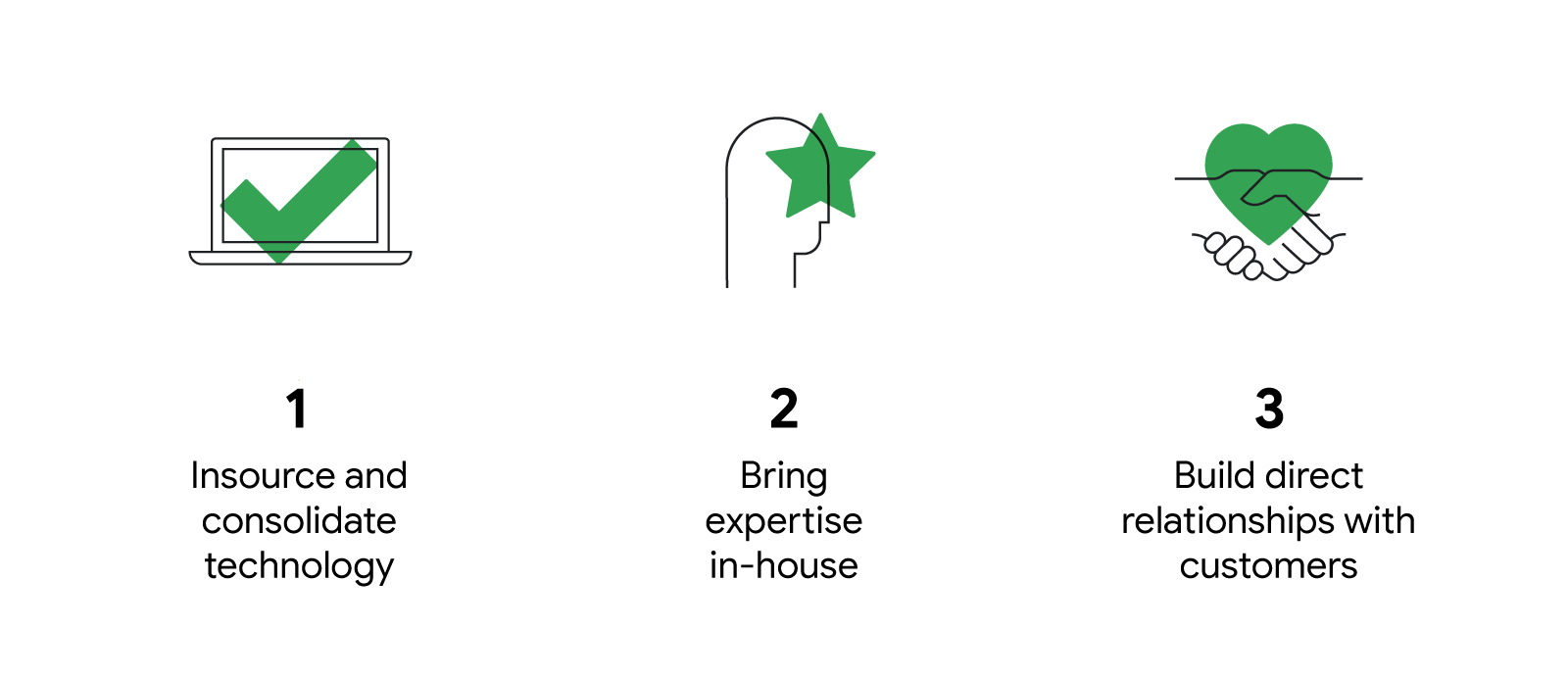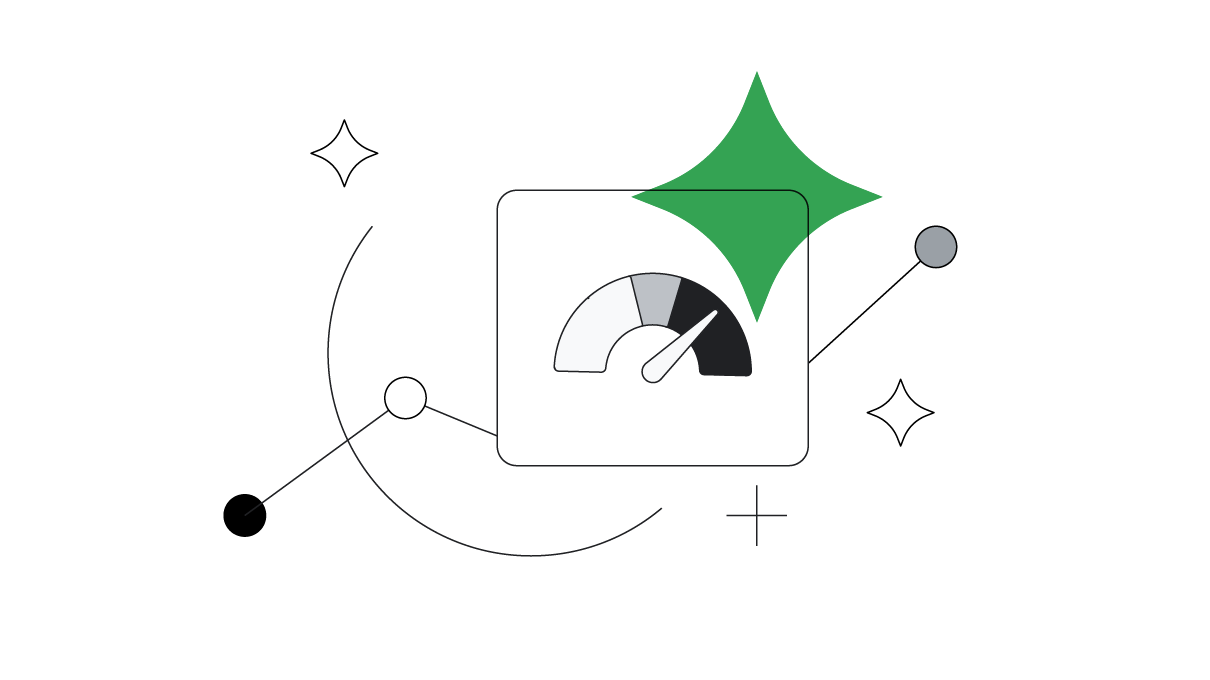Vodafone’s Global Marketing and Brand Director, Nikos Vlachopoulos, shares the story behind the telecom operator’s ambitious marketing redesign — and how it’s unlocking the power of first-party data.
The bigger the organisation, the more effort, time, and capital it can take to bring about effective change. It’s the well-used ‘turning the tanker’ analogy — and if Vodafone was a tanker, it would be an enormous one.
An organisational marketing redesign is no small feat in a company with over 340 million customers across Europe and Africa, and annual sales of €44 billion. But we found increased agility and improved effectiveness can be achieved with a top-down global approach. In our push to improve organisational agility, we worked to streamline our agency relationships and bring more skills in-house, which ultimately allowed us to harness the power of first-party data and better connect with customers.
Now, several years into an ambitious digital transformation journey, the strategic shifts built at a group level are bearing fruit. We are unlocking growth locally and globally. But first, we had to fundamentally rethink our operations and approach to digital marketing.
Building the case for digital investment
Like most big companies over the past 20 years, our investment in digital had grown significantly, but there was a lot of debate internally on its value: from measuring return on advertising spend, to alignment on what we were trying to achieve. For Vodafone, this was made more challenging by having different agencies at a local level.
The wealth of information from digital — what people click on, what they are choosing, what makes effective creative, spend and channels — all stayed on the agency side, often with very long reporting cycles. We held a lot of first-party data but, because we couldn’t leverage our direct relationship with customers, we were losing out. It was hard to unpack a campaign and make efficiencies, and even harder to make the case for more digital marketing investment, which was hovering around 20% of our total marketing spend.
Our benchmarks are not just for telco — we got full visibility of what’s best-in-class and set our targets on that.
Technology first, team-building follows: A two-step plan for growth
The role of the group at Vodafone is to look ahead — to have a three-year horizon and not be held back by the immediate pressure of meeting the next quarter’s targets. This, and our federated structure, enables a longer-term and holistic perspective, which is crucial for any successful digital transformation journey. We also held talks with leaders outside the telco industry for inspiration and direction.

A lot of our early work was under the radar. As the initial investment was low, we could avoid committees and consensus thinking — we just needed to convince our colleagues in the markets that change was good for everyone. We achieved this in three steps:
1. Insourcing and consolidating technology
Our marketing technology was fragmented and different from market to market. We hired people to consolidate buying across the group — doing deals directly with technology providers to design one tech stack for all. It was low risk and met little resistance from regional brand directors, especially as we were saving costs and the agencies were still involved. The move helped us improve efficiencies across teams and better understand data internally.
2. Bringing expertise and knowledge in-house
Once we had trust from the markets in what we were trying to achieve, we made the more significant shift away from the agency model and started bringing talent in-house. This required a business case, but it was easily understood as it aligned with a company-wide objective to increase agility. We recruited around 200 people from across the digital spectrum to work in three areas: search, social, and programmatic.
3. Building direct relationships with major platforms — and our customers
All insourcing decision-making was focused on one question: “What delivers the best business outcome for Vodafone?”. That was from both a monetary and a customer experience perspective.
The agency model still makes sense for TV, where bulk buying and scale matters. But for digital, where data and personalisation drive performance, forming direct relationships with the major platforms has been transformational.
For example, with Google, we have a joint business plan, where we laid out our challenges. Again, our federated structure helps, with the initial commercial discussions happening at a group level and optimisation is the prime focus in the markets. Now, we can continually experiment to drive results across the group, with a focus on using first-party data to improve conversion rates. For example, we used first party data to help tune-up the network for the customer's needs — whether that’s gaming, social or video — and recommend the right plan and offers.
Our benchmarks are not those just for telco — we get full visibility of what’s best-in-class and set our targets on that. The value we’ve unlocked is enormous, including double-digit savings (although that was never the objective). New customer conversions have improved by more than 25%. And we think there’s another 25% more to unlock as we continue our marketing evolution. The next challenge is automating our creative output and better understanding the complex demand patterns within households.
The digital transformation journey never ends, but we can now more effectively leverage our first-party data to optimise media investment and better serve our customers.
It’s now a journey where being a large global organisation no longer limits our agility. Size and reach is a strength: providing more data, more knowledge, and with more value to be unlocked.







